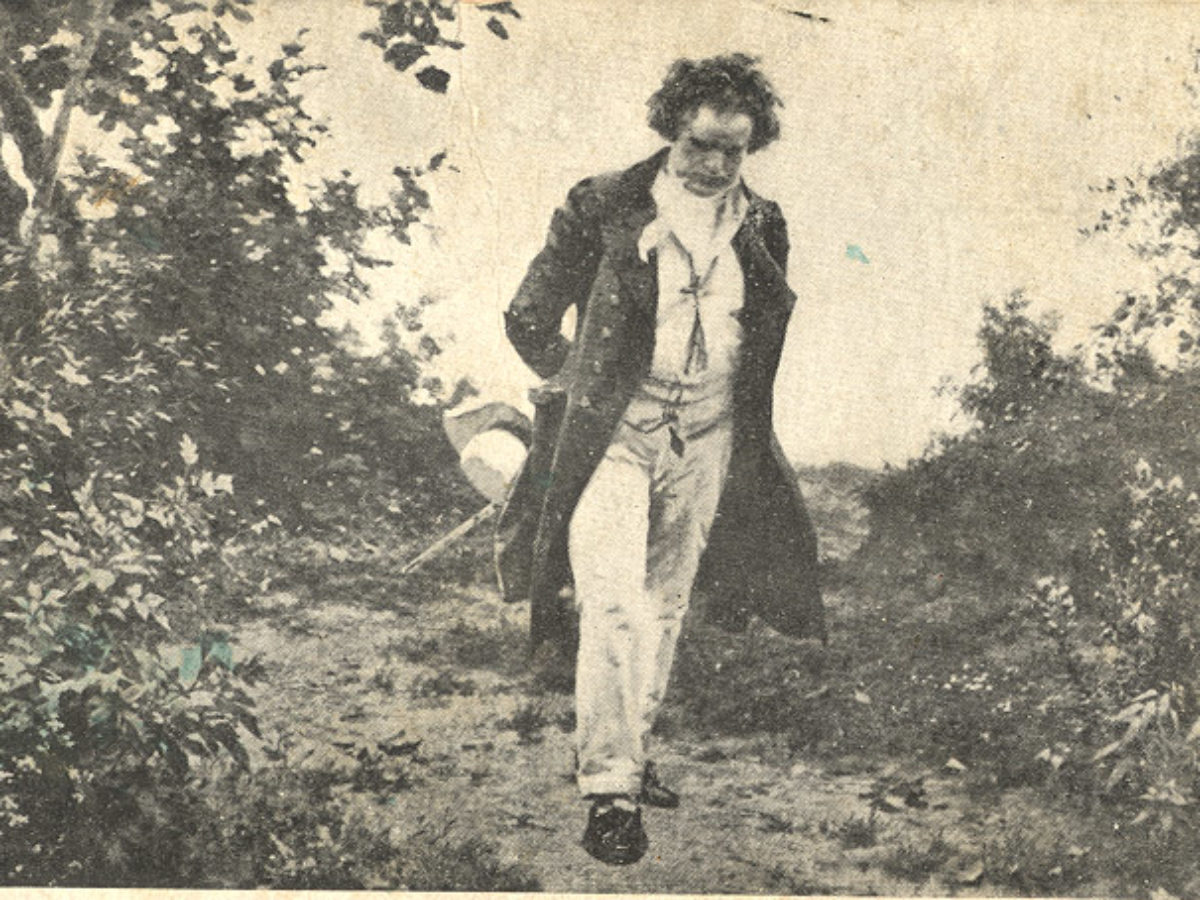

In spite of the fact the composer could hardly hear what was going on around him, that day Ludwig van Beethoven conducted himself and his symphony passionately – he tore his arms vehemently asunder, jumped into the air (2). In this symphony Beethoven seems to have emerged into a region where the spiritual struggle that had obsessed him for years is finally done with… Conflict and anguish, to say nothing of despair, are completely absent from this symphony. Sullivan, the author of Beethoven – His Spiritual Development, remarked (1),

The energetic Wellington’s Victory, firmly rooted in historical context, presaged the inevitable completion of the Napoleonic era the powerful Seventh told about the triumphs of the human heart.Īs J.W.N. These two works were combined successfully – they both sounded quite vigorous. The Seventh premiered along with his Wellington’s Victory at a charity concert that was given to benefit soldiers wounded in the battle of Hanau. Beethoven completed the piece next spring but presented the new composition to the public only on December 8, 1813. It was the summer, or maybe the fall of 1811. 92) while staying in the Bohemian spa city of Teplice – he underwent treatment there.

Ludwig van Beethoven began his Seventh Symphony (Op. The composer’s deafness was growing worse a number of other ailments poisoned his life… Beethoven kept working, nevertheless, and nobody would say his new pieces were the music of a broken spirit. His attempt to marry – far from his first! – had ended in failure. Ludwig van Beethoven faced a kind of crisis too. By 1811, Austria, exhausted from the Napoleonic Wars, was in a situation of crisis.


 0 kommentar(er)
0 kommentar(er)
